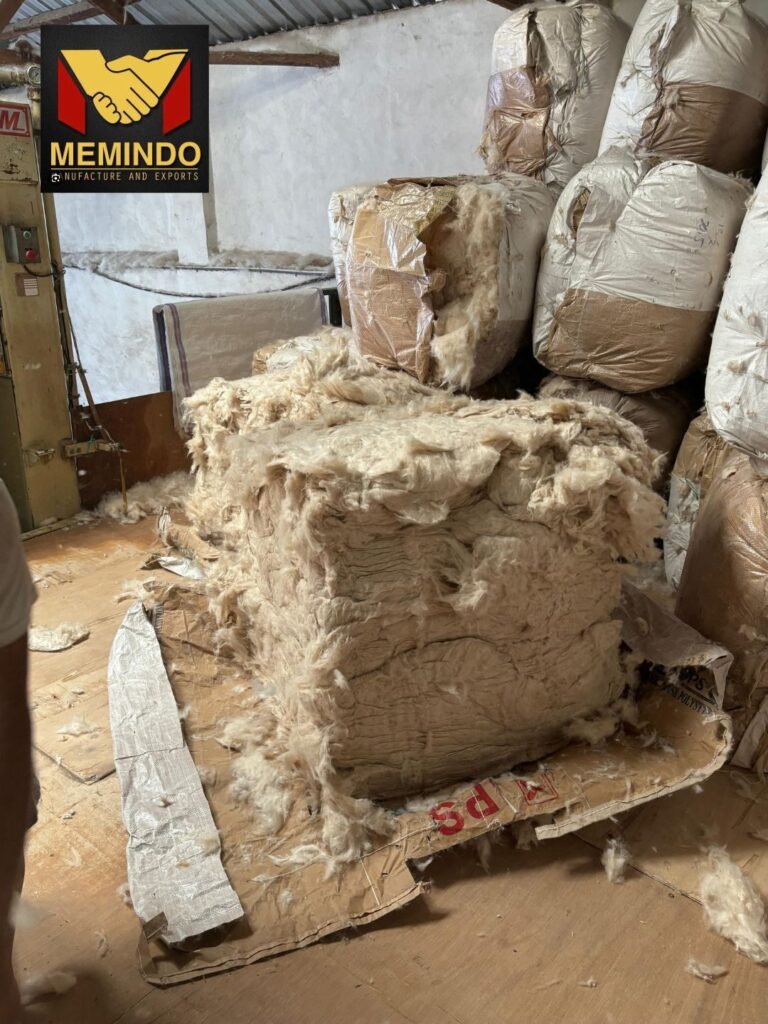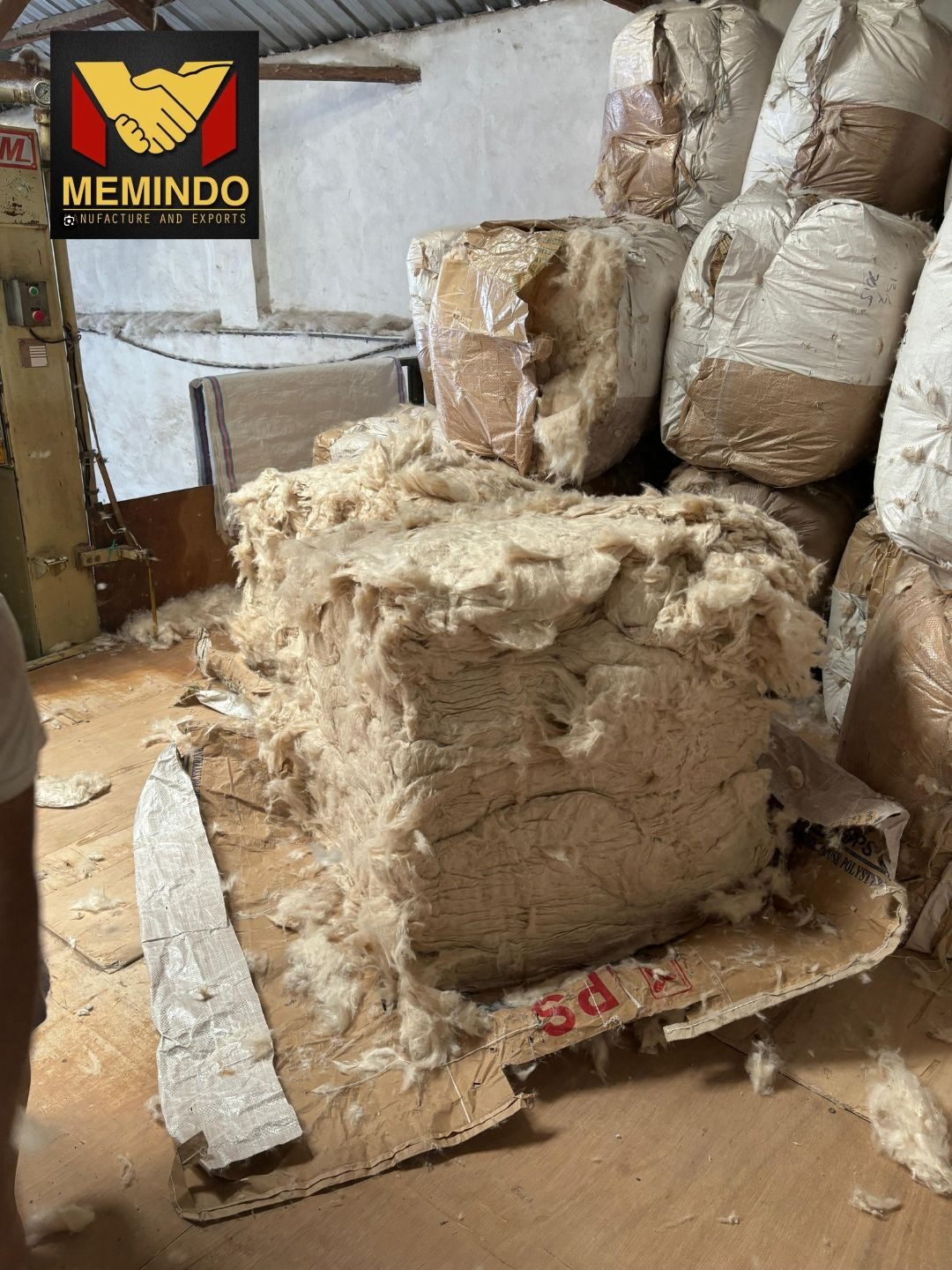
Kapok: The Untold Wonders of a Tree That Floats, Fights Climate Change, and Inspires Culture
Kapok is often overlooked in the world of natural fibers, overshadowed by more mainstream materials like cotton, wool, or even bamboo. Yet, this remarkable tree, scientifically known as Ceiba pentandra, has been providing humankind with a host of valuable benefits for centuries. Native to tropical regions, especially in Southeast Asia, South America, and parts of Africa, the kapok tree is much more than just a source of fiber. It has played a unique role in shaping cultures, ecosystems, and even global sustainability efforts. But how much do we really know about the true potential of kapok?
1. The Mystery of Kapok: A Fiber Like No Other
Kapok is a silky, light, and fluffy fiber found inside the seed pods of the kapok tree. While it’s often compared to cotton due to its texture, it stands apart due to its impressive buoyancy. The fibers are hydrophobic—meaning they repel water—and extremely lightweight. This gives them the ability to float on water, which is why they were historically used for filling life jackets, flotation devices, and even as a stuffing material in pillows, mattresses, and cushions.
What makes kapok particularly interesting is its structure. Unlike cotton, which is composed of cellulose, kapok fibers are made of a substance called lignocellulose, which gives them their resilience and lightness. They are incredibly insulating, making them not only useful in flotation devices but also in providing warmth in extreme conditions, much like down feathers.
2. Kapok’s Ecological Role: The Unsung Climate Hero
Kapok trees aren’t just important for their fibers—they are also incredibly significant in the fight against climate change. These giant trees, which can grow up to 200 feet (60 meters) tall, are carbon sequestration champions. Their vast canopy and deep root systems help absorb significant amounts of carbon dioxide from the atmosphere, which can aid in mitigating the effects of global warming.
Furthermore, kapok trees thrive in tropical rainforests, a biome that is essential for biodiversity and regulating the global climate. The trees provide habitat for countless species of birds, mammals, insects, and other plant species. They act as keystone species in the ecosystems they inhabit, helping maintain forest health and stability.
By protecting kapok trees and their rainforest habitats, we are also safeguarding other valuable resources such as clean air, water, and biodiversity, which is crucial for our planet’s future.
3. Cultural Significance: More Than Just a Tree
In many cultures, the kapok tree is regarded as sacred or symbolically powerful. In Hindu and other Southeast Asian mythologies, the kapok tree is often seen as a divine tree that connects the heavens and the earth. The towering size and majestic form of the tree give it an almost mystical quality, and it is sometimes referred to as the “Tree of Life.”
In the Amazon, indigenous tribes have long used various parts of the kapok tree for medicinal purposes, treating everything from infections to stomach issues. The seeds, bark, and leaves of the kapok tree are known for their anti-inflammatory and antimicrobial properties, making them valuable to local healers.
In the West Indies and parts of Central America, kapok trees are used in traditional healing rituals and ceremonies. The fiber itself has also been used in artisanal crafts, from woven baskets to ceremonial regalia. In some cultures, kapok is also a symbol of generosity and protection, as the tree’s ability to give so much to the environment and to human society is deeply appreciated.
4. Kapok and the Future of Sustainable Materials
As the world increasingly turns toward sustainable alternatives to plastic, polyester, and other synthetic materials, kapok is making a comeback. With its biodegradable nature, low environmental footprint, and versatile applications, kapok is gaining recognition as an eco-friendly alternative in industries ranging from textiles to packaging.
For example, kapok fiber is being experimented with in the fashion industry to create sustainable, lightweight clothing. Some eco-conscious brands are using kapok in combination with other fibers like hemp or organic cotton to make clothing that is both durable and environmentally friendly. In the furniture industry, kapok is being used as a natural stuffing for cushions and mattresses, replacing synthetic foams and plastics that contribute to landfills.
Not only is kapok biodegradable, but it also requires minimal water and pesticide use compared to cotton, making it an ideal crop for organic and sustainable agriculture. In some regions, kapok is grown as a multi-purpose tree, providing both fiber and timber while also supporting biodiversity and ecosystem health.
5. Kapok in Art: Inspiration for Creative Expression
Beyond its practical uses, kapok has inspired a range of creative works across cultures. The soft, fluffy texture of kapok has been used by artisans to create sculptures, paintings, and even delicate garments that are both functional and artistic. In some African cultures, kapok has been incorporated into traditional textiles, where it plays a role in storytelling and identity.
In the world of modern art, some contemporary artists are exploring the use of kapok in installations and sculptures. The fiber’s lightness and ability to float give it an ethereal, almost dreamlike quality, making it a unique material for artists who seek to create pieces that evoke a sense of weightlessness or fragile beauty.
6. Challenges and Opportunities: Reviving the Kapok Industry
Despite its many benefits, kapok faces challenges in becoming more widely recognized as a sustainable resource. One of the primary obstacles is its processing. Extracting kapok fiber from the seed pods can be labor-intensive, and the fiber itself is difficult to spin into yarn. This has limited its use in mass-production industries.
However, with advancements in technology and a growing interest in sustainable materials, there is hope for the future of kapok. Researchers are exploring ways to automate the harvesting and processing of kapok fibers, which could make them more accessible to global markets. At the same time, local farmers in tropical regions are being encouraged to cultivate kapok trees as part of agroforestry initiatives, which could not only boost the production of kapok but also support local economies and biodiversity.
Conclusion: A Tree for the Future
Kapok is more than just a fluffy fiber or a tree that grows tall in the rainforest—it is a symbol of ecological balance, cultural heritage, and sustainable progress. As the world seeks alternatives to synthetic materials and as environmental challenges continue to mount, kapok may well be a key player in the transition to a more sustainable and balanced planet.
By rethinking how we use natural resources like kapok, we not only honor a centuries-old tradition of innovation but also pave the way for a future where both people and the planet can thrive.
Contact us :
☎️ : +6285933133244
📍 : Jl.Ir Soekarno, No.122, Dadaprejo, Junrejo, Kota Batu, East Java 65323

